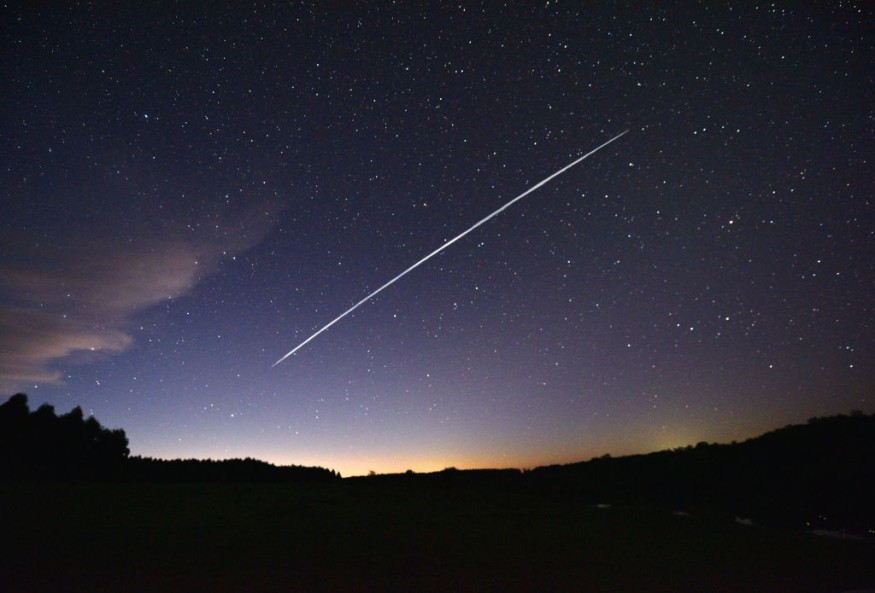SpaceX Falcon 9 launched 49 Starlink satellites from the Kennedy Space Center in Florida on Tuesday, increasing the total number of Starlink satellites deployed to almost 2,000.
The rocket carrying the satellites took off shortly after 9 p.m. EST, after being delayed from its initial launch time of 7:04 p.m.
The rocket's first stage landed perfectly on the SpaceX droneship A Shortfall of Gravitas, which SpaceX stationed in the Atlantic Ocean off the coast of Florida.

SpaceX's 103 Total Landing
According to Space.com, today's successful rocket landing was SpaceX's 103rd overall number, which reuses space gear to increase efficiency and save costs. Both portions of the payload fairing - the protective nose cone that protects satellites during launch - that flew today had previously completed one mission, and SpaceX planned to pluck them out of the water for reuse.
This was also the booster's tenth successful landing, having previously launched six dedicated Starlink flights, the US military's GPS III-3 satellite, Turkey's Turksat 5A satellite, and the Transporter 2 rideshare mission lofted 85 small satellites and three Starlink ships.
Meanwhile, the Falcon 9's second stage continued to accelerate toward orbit, finally delivering the 49 satellites 15 minutes after launch. Because the second stage was beyond the range of ground stations, confirmation of deployment success didn't arrive for another hour.
SpaceX's current Starlink constellation has been approved for 4,408 satellites, all in 550-kilometer orbits. The business is applying for a license from the Federal Communications Commission to launch a second-generation system of 30,000 satellites using its Starship spacecraft, which is currently in construction.
More Than 2,000 Starlink Satellites Now on Space
@tweet|https://twitter.com/elonmusk/status/1482424984962101249@
Before the launch, SpaceX founder and CEO Elon Musk said in a tweet that 1,469 Starlink broadband satellites are in space, with 272 others moving to operational orbits.
According to records collected by astrophysicist and spaceflight researcher Jonathan McDowell, the 49 satellites on this mission, dubbed Starlink 4-6 by SpaceX, brought the total number of Starlink satellites launched by the company to 2,042.
This figure comprises two prototypes "Tintin" satellites launched in February 2018 and the Starlink launches, which began in May 2019 and can carry up to 60 satellites at a once.
However, SpaceNews said not all 2,042 satellites are still in orbit or even functioning. With 1,495 satellites in operational orbits, McDowell lists 1,879 spacecraft in orbit, including this latest round of satellites.
However, SpaceX plans to launch thousands more satellites in the future, raising fears about space debris and astronomy observations being disrupted. The satellites can generate light streaks in photographs of planets, stars, and other celestial bodies.
While SpaceX has made changes to make the satellites less visible, such as adding visors to hide the spacecraft from sunlight, astronomers remain worried, according to McDowell (per UPI).
The visors did enhance the astronomical situation, he added. But what isn't evident yet, McDowell said, is how bright the new generation of Starlink satellites are.
RELATED ARTICLE : SpaceX Falcon 9 Rocket Landing Makes Loud Noise After Sending 105 Satellites to Space
Check out more news and information on SpaceX and Starlink in Science Times.












